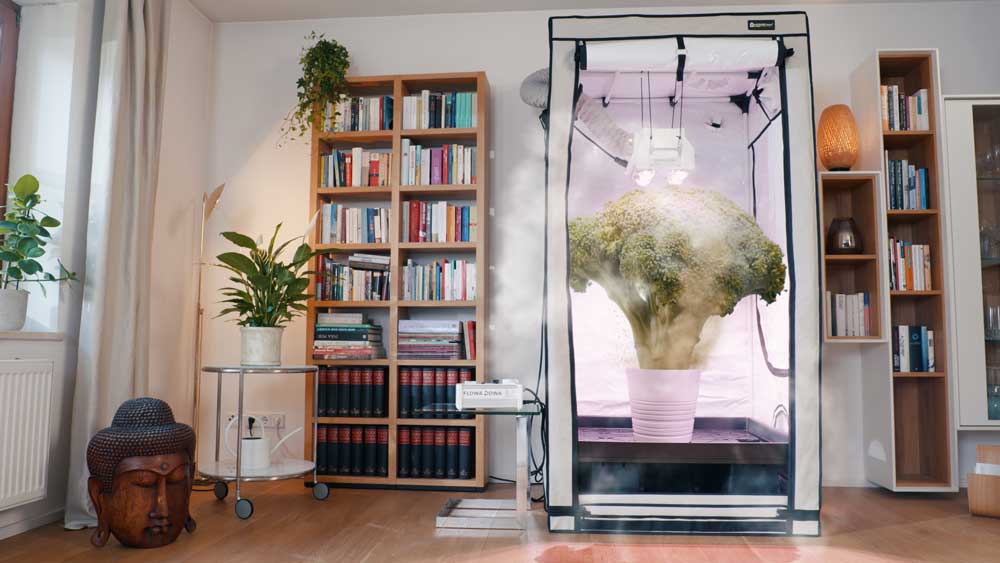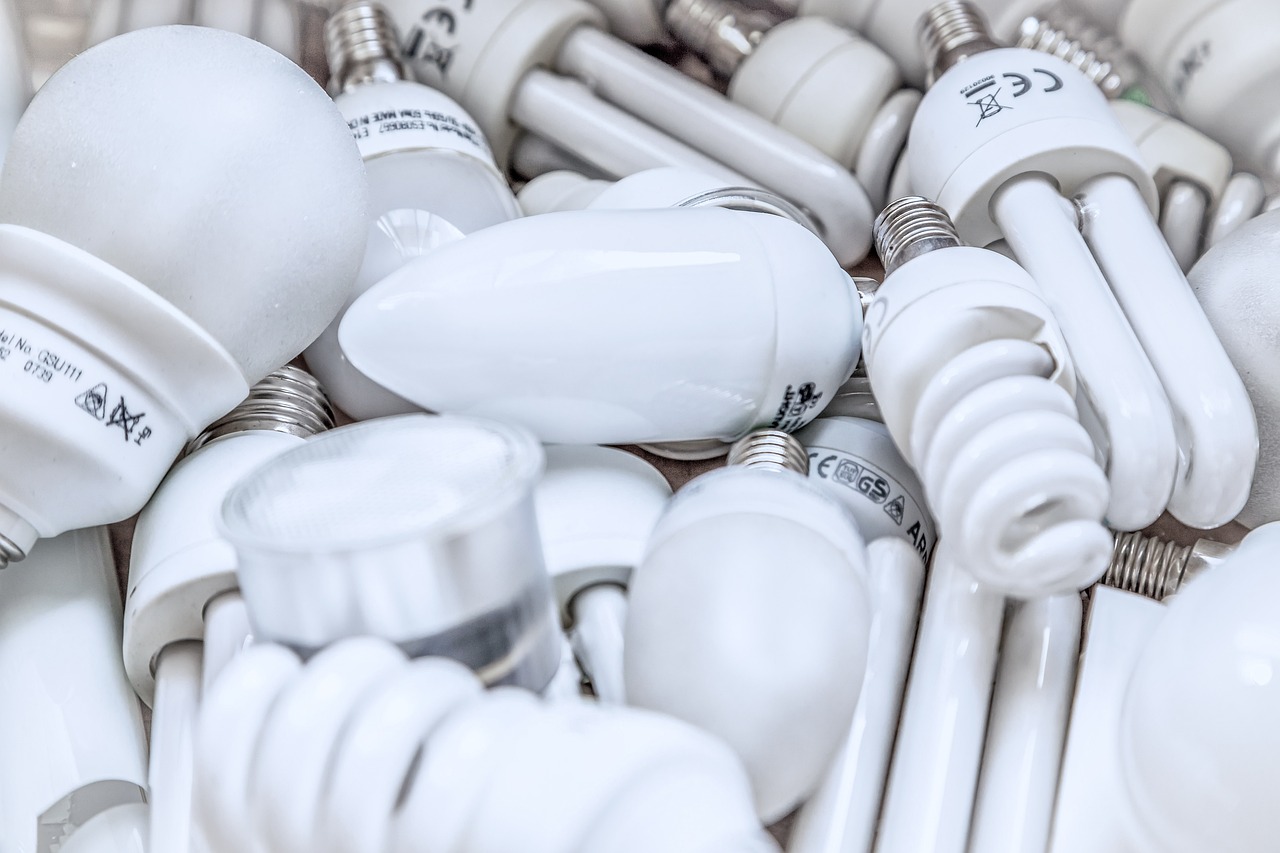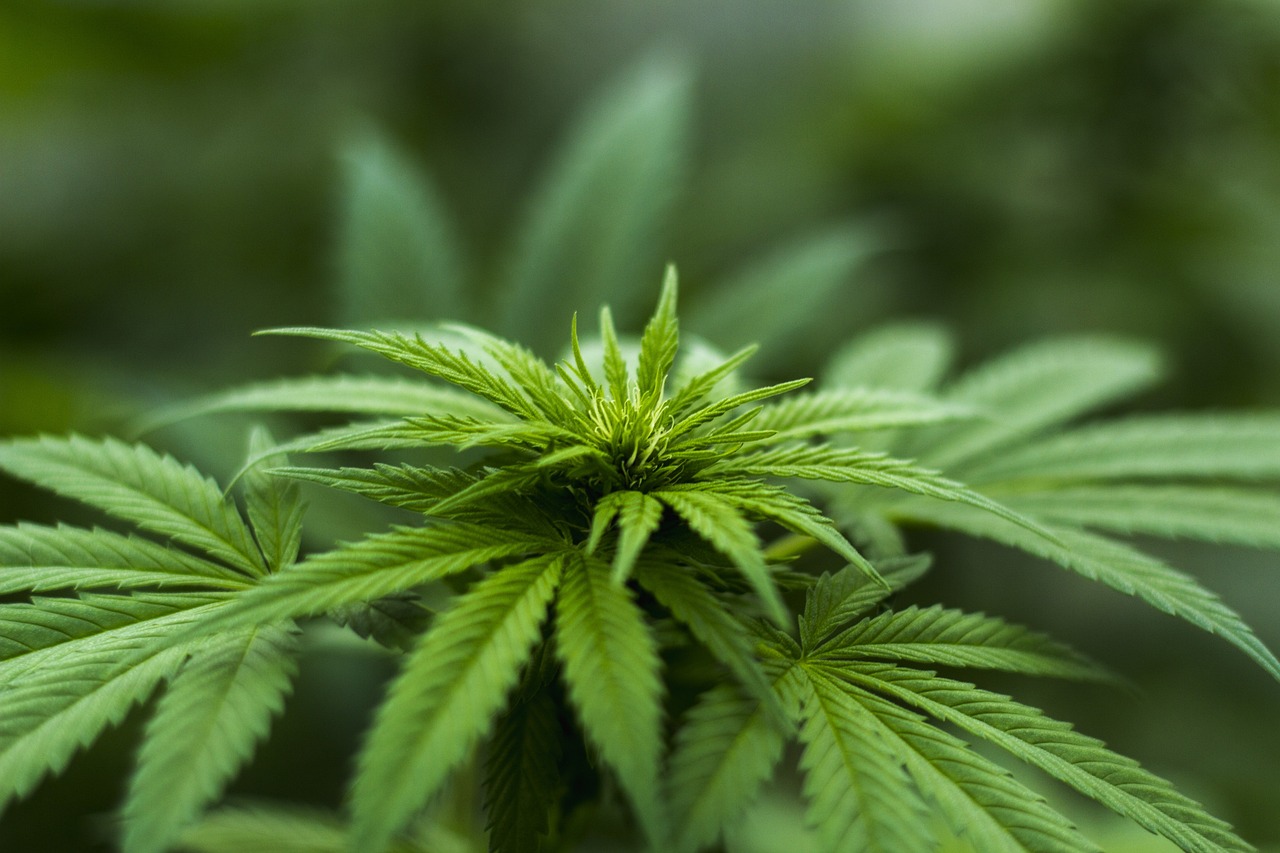The Truth About Aeroponics vs. Plant Pots: Which is the Best for Your Garden?
You’ll learn about:
Plant pot vs aeroponics
Plant pot or aeroponics – this article will help you make a better decision on a particular growing system. We will give an outlook on what to look for in the systems, where the differences are and where the advantages and disadvantages are. At the very bottom, you will find an overview of the advantages and disadvantages in the tabs. Reading time approx. 6 min. 🙂
Recap: Nutrients and their absorption
Plants need nutrients to live and grow light. Compared to light and carbon dioxide (CO2), for which we can only influence the absorption of plants to a limited extent, we have more options when it comes to nutrients and oxygen.
Short reminder: nutrients are chemical elements that the plant absorbs mainly through its roots. They have a significant influence on the growth of the plant. For us, this means that depending on what, how, when, and how much nutrients we provide to the plant, it will grow accordingly. Or not. Because here, just like watering, too much will cause the death of the plant.
Basically, there are non-mineral and mineral nutrients. Carbon (C-carbon) and its compounds are non-mineral (chemistry: inorganic). Elements such as nitrogen, phosphorus and potassium, on the other hand, are mineral (chemistry: organic). These substances are absorbed by the plant mainly from the “soil” in the plant pot or the “irrigation water”.
“Earth” is not the same as “earth
Somehow we grow up with the idea that plants grow in “soil”. Ever wondered why the “soil” in the plant pot of many Ikea plants is so fibrous and light brown? The “soil” from Ikea is not “soil” at all. It is coconut fiber.
Obviously, not all “soil” is the same, and there are other substrates that are in the plant pot and somehow work. In gardening terms, the substance in which a plant grows is called a substrate. So the substrate can be “soil” (= peat) or coconut fiber, but also clay or gel beads (the latter more often used for orchids). It is important to understand, however, that the plant can also grow entirely without a classic substrate in the plant pot or outside a pot. This is where aeroponics comes into play.
Connect with other growers on Telegram!
Systems with plant pots – the best for beginners?
If plants grow in pots, we generally speak of a potting system. Potting systems with plant pots come in many different sizes. Practical systems, which are ready to go right after unpacking and work 100%, you can find here: Potting System Starter Kit. They cost roughly between 150-500 EUR.
The advantage of planting pots is that the pots offer flexibility regarding the substrate. They can be filled with different substrates. The most common is peat (=”soil”/”potting soil”/plant soil) and coconut fiber. Some seasoned growers also mix the two substrates – so many things are possible. Another advantage of a potting system is that it basically works without electricity and is cheap to buy.
So what goes into the plant pot? We will give you an initial overview below. Further information and details on the subject can be found here: The best substrate for your successful growth.

Peat in plant pots
Classic plant soil contains peat and therefore already has a lot of nutrients out of the bag, which automatically end up in your plant pot. The great thing about peat is that it forgives many mistakes. This is especially interesting for newcomers. Possible mistakes can be too little or too much watering or too little/too much fertilizer. If watering is remembered regularly and the plants don’t dry out, you’ll make it to harvest pretty well, even if you neglect a thing or two here and there.
Depending on the pot and plant size, you should expect to water 1-7 times a week. Potting soil is usually available in bags between 25l and 50l in size. Plant soil or “potting soil” is available on almost every corner. High-quality potting soil with a lot of peat, on the other hand, is rarer. Growshops and nurseries can be a starting point. In addition to various types of peat, there is also little to much pre-fertilized potting soil. Details can be found here. So far, we have always had very good experience with Canna potting soil: Terra Professional by CANNA.
Climate killer?
When talking about peat and its advantages, it is necessary to address the criticism. Peat is obtained from the extraction of drained peatlands. Functioning peatlands are a very important part of our ecosystem and also an important store of CO2. Peat extraction destroys this storage, which also releases the CO2 that has already been stored. Unfortunately, there is no comparable substitute yet, so peat will continue to be used. What is available, however, are alternative substrates that are significantly more climate-friendly. A super alternative are coconut fibers.
Coconut fibers – the underdog
An alternative to classic plant soil are coconut fibers. Just like plant soil, these are simply filled into the plant pot. Here is an example: CANNA Coco Professional. Coco is an environmentally friendly substrate derived from coconut shells. Coco is also reusable. So when you are done with your grow, you can clean the substrate and use it again.
Compared to peat, coco does not bring any nutrients by itself. The nutrients must therefore be added to the plant in the plant pot. In other words, it must be fertilized. An advantage of coco on the other hand is the enormous storage capacity of liquid and the property to promote root formation in the plant pot.
Because you need to fertilize more than with peat and also the PH value of the irrigation water must be correct, coco will forgive you less mistakes than potting soil. However, if everything is right, your plant will grow a little faster than in a plant pot with potting soil and will yield a little more.
So if you want to grow with coco, you will also need a PH meter. A model with a good price/performance ratio can be found here: PH meter. How to use the meter we show you in this Youtube video.
You can buy coco in the grow store in various forms, including in a bag as with potting soil.
Aeroponics – only for professionals?
As the name suggests, this is about air (“aero” = air in Greek). Of course, plants need air to grow, no question about that. But here we are talking about the root zone. The roots are not in soil or coco, but are literally hanging in the air! While the roots hang in the air, a spray mist ensures that the roots are supplied with moisture and nutrients. In the clip of the video Tobias shows how the Growtool aeroponic system is built.
So no soil, no coco and no other substrate is needed. Only a little electricity for the pump (which can run at intervals), fertilizer and water are needed. Because the PH-value of the water (the so-called nutrient solution) must be correct, you also need a PH-measuring device. A model with a good price/performance ratio can be found here: PH meter. We show you how to use the meter in this Youtube video. In addition, you should also buy an EC meter for such a system: Cheap and reliable EC meter. With an EC meter you can check how much nutrients are in the water/nutrient solution. If your plants take up a lot of nutrients, the value decreases and you can add more. Due to the better nutrient and oxygen uptake, aeroponic systems yield around 25% more – compared to the classic plant pot. The cost of an aeroponic system is about 300-700 EUR; depending on size and equipment.
Compared to the pot with plant soil, an aeroponic system behaves similarly to a pot with coco: If the wrong fertilizer is applied or the PH value deviates too much from the target value, it can have a negative effect on the plants pretty quickly. Instead of messing around with substrates and making a mess in the growroom, the aeroponic system is all about the nutrient solution. And that’s also the difficulty. The nutrient solution must not deviate too much in PH, the temperature must be right (and not heat up too much) and the EC value must be in the target range. Until the harvest. Especially for beginners it is not so easy to keep an eye on all parameters and to correct them with feeling if necessary.
For those who would say on their own that they don’t have a green thumb, a potting system is recommended to get started. You can always upgrade later. For example, if you start with a potting system from “growTOOL” (see above in the text), you can always upgrade it to an aeroponic system with an expansion kit.






